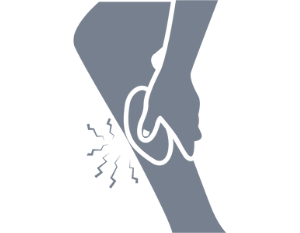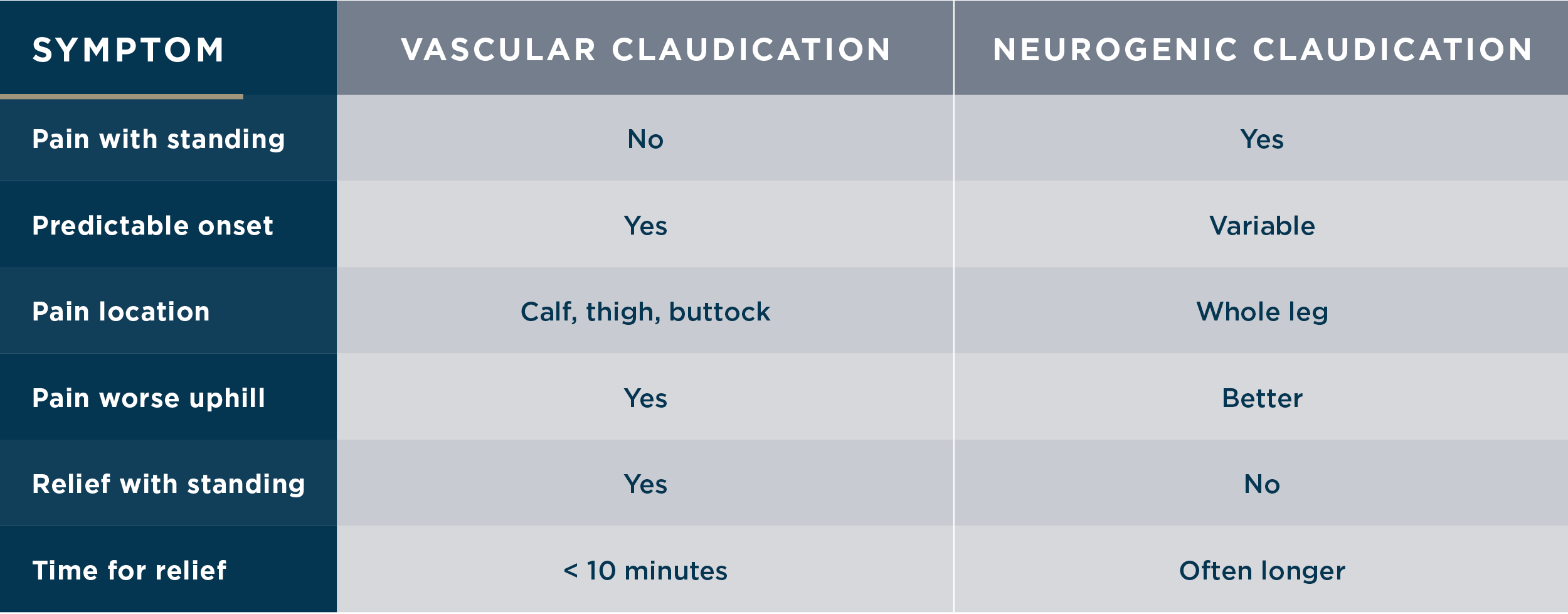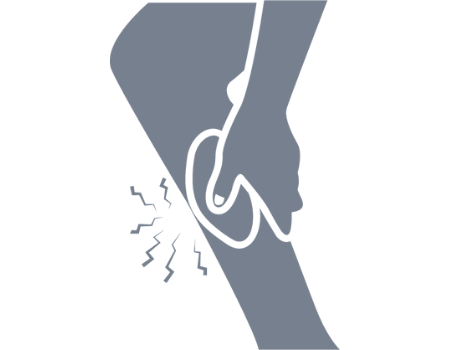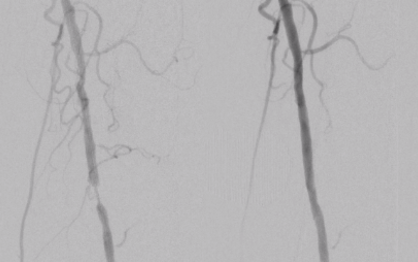
Walking Leg Pain

Walking Leg Pain

Proper diagnosis is the first step
WHAT IS LEG PAIN WHILE WALKING?
Exertional leg pain, or pain in the buttock, thigh, or calf when walking, can be challenging to diagnose accurately. There are many potential causes, including problems with bones, joints, nerves, muscles, arteries, and veins. Vascular (artery and vein) causes of leg pain are often under-recognized, which is why we diagnose and treat these types of issues at VIE.
WHAT ARE THE DIFFERENT TYPES OF LEG PAIN?
There are many types of leg pain, all of which have different indicators. The doctors at VIE will ask a series of questions to understand the causes of leg pain and get to the root of the problem.
Walking leg pain is called claudication. Vascular claudication is leg pain caused by a blocked artery. Neurogenic claudication leg pain is caused by degenerative changes in the spine. If it is determined a patient is experiencing vascular claudication, they are a candidate for treatment with VIE.
THE TABLE BELOW OUTLINES THE DIFFERENCES:

WHAT ARE THE TREATMENT OPTIONS FOR VASCULAR CLAUDICATION?
The first step in treating patients diagnosed with PAD is to reduce the risk of future vascular problems, including stroke and heart attack, through medical management and risk factor reduction.
Initial treatment includes:
- Reducing risk factors: reducing key risk factors, especially smoking cessation, is crucial for preventing further progression of your vascular disease.
- Medical optimization: medications to prevent worsening vascular disease and reduce the chance of a stroke or heart attack are prescribed. Additionally, some patients will benefit from medications that improve walking distance.
- Exercise therapy: a walking program to condition the body and muscles will often improve walking distance.
Improving blood flow includes:
- Endovascular treatment: minimally invasive surgical procedures such as angioplasty, atherectomy, and stenting are all procedures we perform at VIE.
- Bypass surgery: open surgical procedure to improve blood flow.
WHAT ARE THE BENEFITS OF IMPROVING BLOOD FLOW?
When patients do not improve walking distance after medical and exercise therapy, improving blood flow through endovascular or open vascular procedures is used.
HOW IS AN ENDOVASCULAR TREATMENT PERFORMED?
A local anesthetic is administered, and then access to the artery is achieved by making a small skin incision. After performing an angiogram (taking pictures of the arteries), wires and tubes (catheters) are used to get to the area of narrowing/blockage. Treatment of the narrowed or blocked artery can include one or more of the following:
- Angioplasty: a balloon temporarily inflated inside a blocked artery.
- Atherectomy: a medical device used to remove plaque in the artery.
- Stenting: a tiny tube permanently placed in the artery to keep it open.
- Venous arterialization: a new advanced way of providing blood flow to the foot using veins.
We will determine the best treatment course for you based on a variety of factors. Once treatment is completed, all equipment is removed (except for any stents). A closure device may be used to seal the hole in the artery. The incision is tiny, so stitches are usually not needed.
WHAT IS PERIPHERAL ARTERY DISEASE (PAD)?
Leg pain when walking may indicate initial symptoms of peripheral arterial disease (PAD). PAD is a common circulatory problem in which narrowed arteries reduce blood flow to your legs. Patients with PAD have a higher risk of stroke and heart attacks, which is why correctly diagnosing PAD is extremely important.
WHAT ARE THE RISK FACTORS FOR PAD?
Increased risk factors include:
- Age (especially men over 60 and women after menopause)
- Smoking
- Diabetes
- Obesity
- Sedentary lifestyle
- High cholesterol
- High blood pressure
- Kidney disease or failure
- Family history of vascular disease

WHAT SHOULD I DO IF I WAS DIAGNOSED WITH PAD?
If you are diagnosed with PAD, it is essential to seek treatment right away to reduce your risk for stroke or heart attack. PAD can develop into chronic limb-threatening ischemia (CLTI), which causes ulcers, severe discomfort, and potential amputation.
DO I NEED TREATMENT FOR PAD?
If you exhibit any of the symptoms, as well as associate yourself with any of the risk factors, you should schedule an appointment with us to evaluate your symptoms and determine if treatment is right for you.
Here's what you can expect from your visit:
- CONSULTATION: Symptom review and health history discussion.
- TESTING: Initial testing is performed to evaluate the blood flow to your legs before and after exercise. This test is called an Exercise ABI.
- TREATMENT PLAN: A comprehensive review of all symptoms, exams and imaging enable our physicians to provide definitive treatment recommendations. Ultimately, patients choose their preferred option.
- IMAGING: Ultrasound or CT angiography is used to look at the arteries supplying the leg.

Figure 1. Blockage in a leg artery fixed with atherectomy and angioplasty

